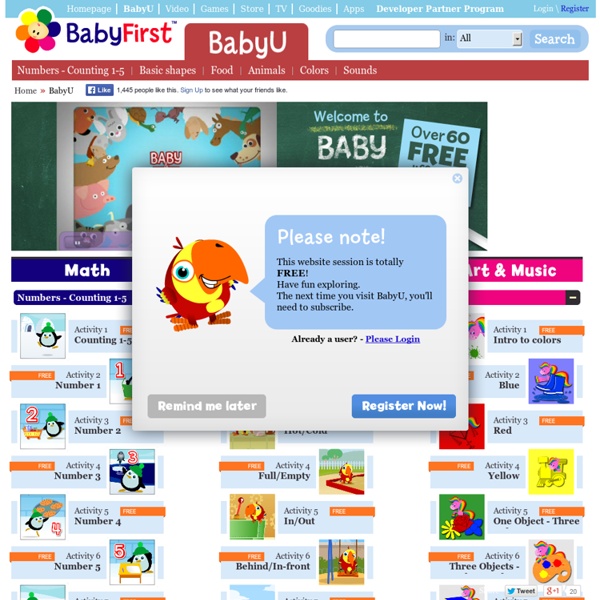



Starfall's Learn to Read with phonics Games, Activities for ESL Classroom Teaching Actions, Colors, Numbers Practice Vocabulary Related to Action Verbs, Colors, Numbers, with this ESL War Game. Animals, Colors, Clothes, Numbers Review Animals, Colors, Numbers and more with this ESL Vocabulary Dino Game Actions, Present Progressive Game Practice Action Verbs with the Present Progressive with this ESL Fun Game. Bathroom Vocabulary Game Practice Bathroom vocabulary with this ESL Fun Game. Bedroom Vocabulary Game Practice Bedroom vocabulary with this ESL Fun Game. Body Parts, Actions, Stationery, Zoo Practice Body , Actions, Stationery, Zoo Vocabulary with this ESL War Game Body Parts Vocabulary Game Body Parts Vocabulary ESL Game to review words related to the human body. Countries and Capitals Game Countries and Capitals ESL Jeopardy Vocabulary Game – Practice Geography Clothes and Color Zombie Game Practice Clothes and Colors in this Vocabulary Zombie Game Colors(Colours) Vocabulary Game Practice Colors (Colours) with this ESL Vocabulary Game, Catapult Castle Game Higher Level Games
Ready, steady, ….. go! » 1ER CICLO ENLACES CORTESÍA DE Marisa Aurioles Rodríguez .Ayuda a la cebra a irse a dormir .Arrastra el nombre da cada color .Arrastra cada color junto a su nombre.Marca la opción correcta .Arrastra el bote de pintura que corresponda .Escucha y colorea el cuento “El Patito Feo” .Colorea arrastrando el ratón .Colorea el dibujo .Colorea el dibujo .Colorea el dibujo para imprimirlo .Juego de memoria .Juego de memoria .Eres capaz de memorizar series de colores? -Juego I -Juego II -Juego III .Escucha los colores y sigue el camino .Escucha y aprende a escribir objetos de la clase .Escucha y aprende a escribir objetos y personas de la clase .Escucha palabras de la clase y arrastra las imágenes .Sopa de letras .Juego de memoria .Arrastra palabras de objetos de la clase .Arrastra palabras de objetos de la clase .Arrastra palabras de objetos de la clase .Arrastra palabras de objetos de la clase .Lee y escucha partes del colegio y busca su imagen .Aprende las partes del colegio .Aprende las partes del colegio . . . . .
Baby U: recursos en anglès per als més petits Seguint amb els recursos TIC, avui us presento Baby U, un espai web fantàstic per començar a introduir als més petitons l'aprenentatge de l'anglès. Com bé ens passa a molts altres llocs web, per tal de fer servir la majoria dels continguts que se'ns ofereixen ens caldrà fer un registre, no obstant, això no voldrà dir que sense haver-ho fet no puguem utilitzar aquest espai. D'entre els continguts que se'ns presenten hi podem trobar: vídeos educatius; activitats relacionades amb les àrees curriculars (matemàtiques, vocabulari i art i música); i, jocs educatius. És un espai dedicat als infants d'1 a 5 anys, perfecte per a tots aquells que estigueu buscant recursos per a l'Educació Infantil, on els infants puguin aprendre a partir de la llengua estrangera. Val la pena que en feu una ullada, ja que en podem extreure molts continguts que ens poden ser útils.